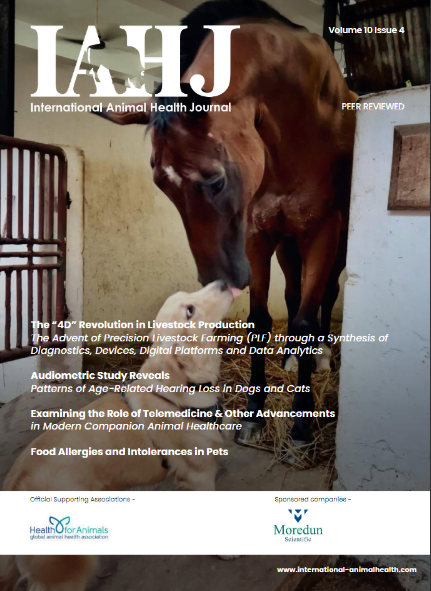Frogs, alongside the rest of amphibians, are facing extinction. A series of interacting agents like climate change, freshwater pollution, illegal trade, and emerging diseases are pushing species into the abyss. As they don’t tolerate high temperatures global warming is having a great impact on them and even mountain amphians are being affected. Aditionally, fertilizers used on farming activities increase water nitrate concentrations making them toxic for aquatic species as frogs. Illegal trade has an important role too. Lots of amphibians are taken from the wild to become a terrarium pet or a tasty dish, or even a traditional medicine. The pet amphibian trade is responsible for the worldwide spread of at least two deadly amphibian pathogens: Batrachochytrium dendrobatidis, which infects frogs and toads and Batrachochytrium salamandrivorans, affecting newts and salamanders. Wild freshwater fishes which act as carriers are related to Ranavirus spread, another emergent disease of amphibians.
Frogs are really complex creatures. Their life cycle includes 46 larval development stages (Gosner stages) and they go trough gradual changes on anatomy and phisiology involving, among others, the respiratory and digestive system. This makes them difficult to care for and their farming a true adventure.
Frogs are invaluable environmental sentinels, due to the permeability of their skin, as they act as the “canary in the coalmine” being among the first species affected by contamination in a certain place.
An interdisciplinary approach is needed to develop captive breeding programmes to ensure species survival. Frog farming has a major role in replacing wild-caughts that damage natural populations and poses a risk for food safety. Compared to the farming of other species, frog farming is a young sector with less than a century of development. There is a need for a deep knowledge of frog`s biology to unlock the secrets of frog farming.
Frog farming, or raniculture, encompasses activities related to frog production (maintenance, reproduction, breeding, fattening…) and is part of the aquaculture industry. The objectives of raniculture can be commercial, such as human feeding (frog legs), animal feeding, by-products (skin…), substances for the pharmaceutical industry, individuals for research, or non-commercial, like repopulation with threatened species.











